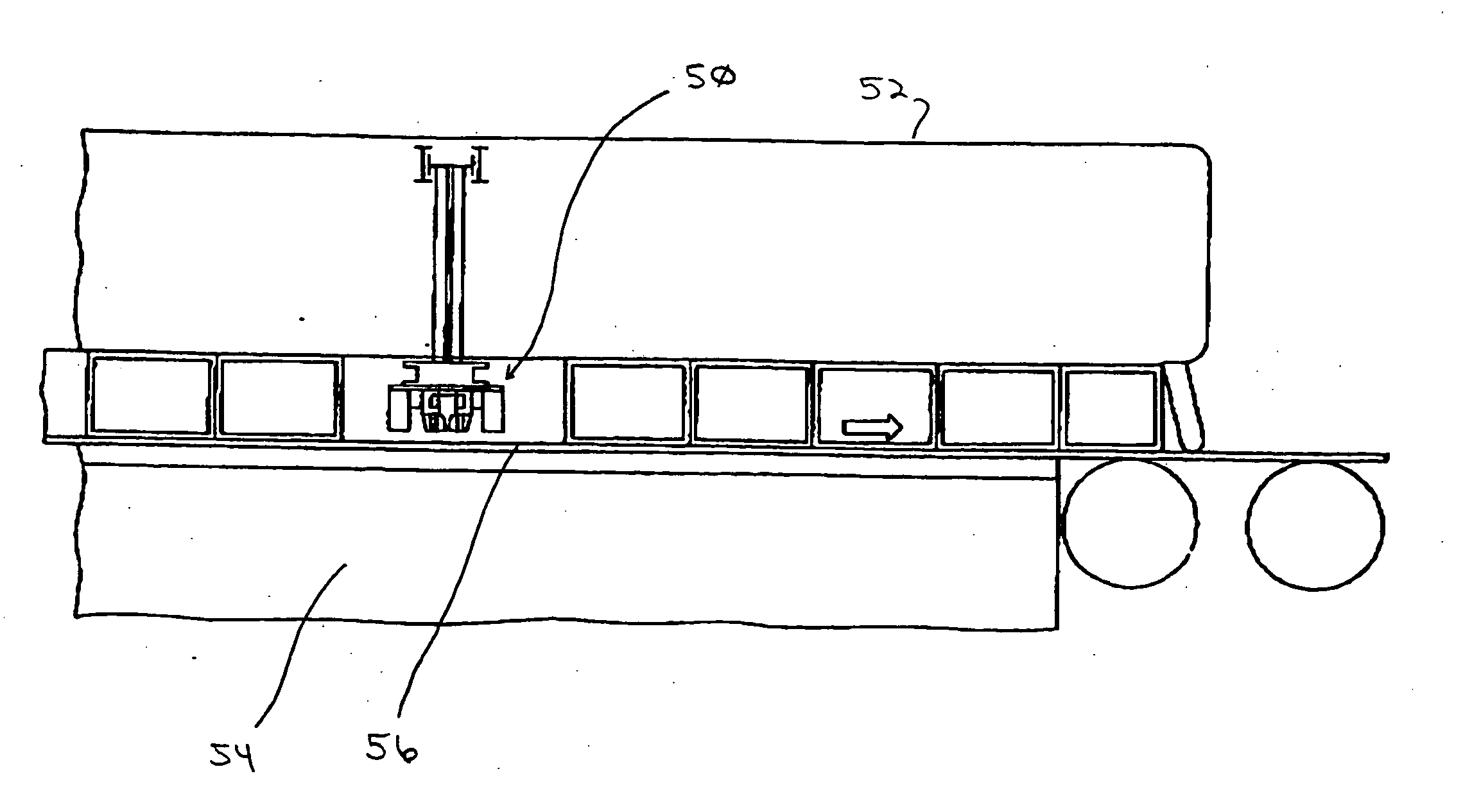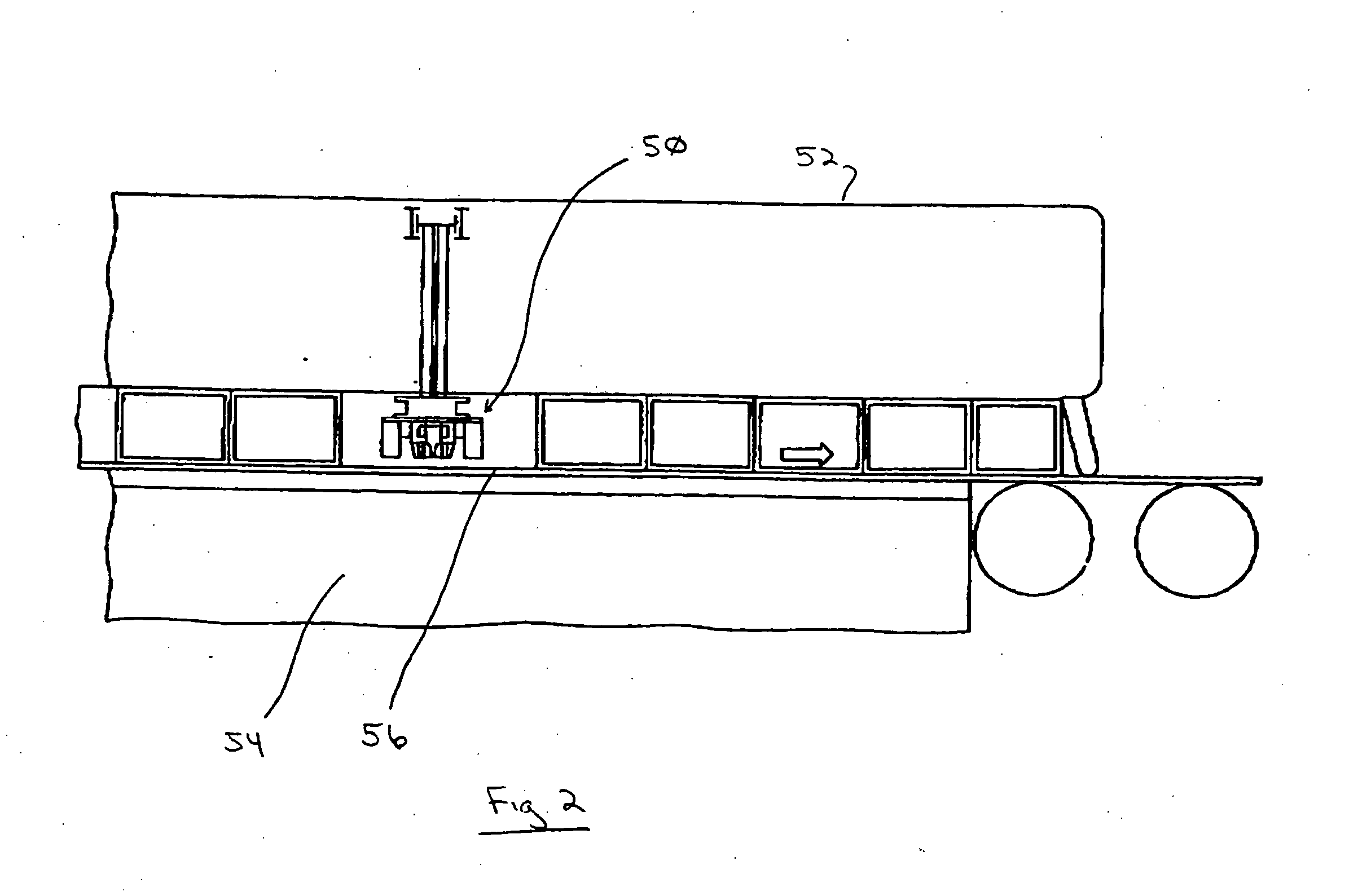Photo-induced hydrophilic article and method of making same
a hydrophilic article and photo-induced technology, applied in the field of photo-induced hydrophilic articles and methods of making same, can solve the problems of not being sufficiently photoactive to have measurable or commercially acceptable photocatalytic self-cleaning activity over time, and achieve the effect of reducing or eliminating at least some of these drawbacks
- Summary
- Abstract
- Description
- Claims
- Application Information
AI Technical Summary
Benefits of technology
Problems solved by technology
Method used
Image
Examples
example
[0061] A 48″ (122 cm) wide PH coating of titanium dioxide having a thickness of 232 Å (determined by ellipsometry and transmittance data) was deposited by a conventional CVD process over a 152” (386 cm) float glass ribbon (3.3 mm thick clear glass) moving at a speed of 484 inches per minute (1,229 cm / min) in a conventional tin bath. The coating was formed from a precursor material of 0.07 mole percent of titanium tetraisopropoxide in a nitrogen containing carrier gas and was applied at a glass ribbon temperature of 1220° F. (659° C.). The coated ribbon was then annealed, i.e., cooled at a controlled rate, and cut into sample coupons of 3″ (7.5 cm) by 6″ (15 cm). The crystal structure of the deposited coating was determined to be anatase by x-ray diffraction. The coating had a photocatalytic activity of 1.8×10−3 cm−1 min−1 as determined by the conventional stearic acid test and chromaticity coordinates (Illuminant C, 2° observer) of: reflectance (R1) Y=19.43, x=0.2741, y=0.2774 and t...
PUM
| Property | Measurement | Unit |
|---|---|---|
| root mean square roughness | aaaaa | aaaaa |
| contact angle | aaaaa | aaaaa |
| contact angle | aaaaa | aaaaa |
Abstract
Description
Claims
Application Information
 Login to View More
Login to View More - R&D
- Intellectual Property
- Life Sciences
- Materials
- Tech Scout
- Unparalleled Data Quality
- Higher Quality Content
- 60% Fewer Hallucinations
Browse by: Latest US Patents, China's latest patents, Technical Efficacy Thesaurus, Application Domain, Technology Topic, Popular Technical Reports.
© 2025 PatSnap. All rights reserved.Legal|Privacy policy|Modern Slavery Act Transparency Statement|Sitemap|About US| Contact US: help@patsnap.com



